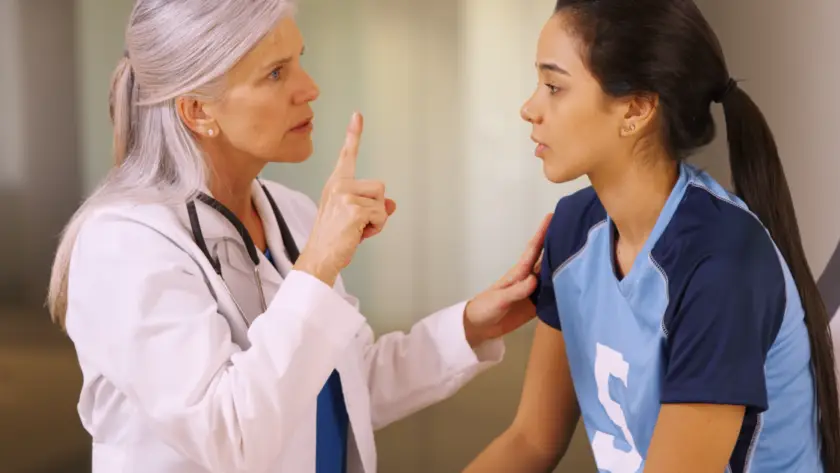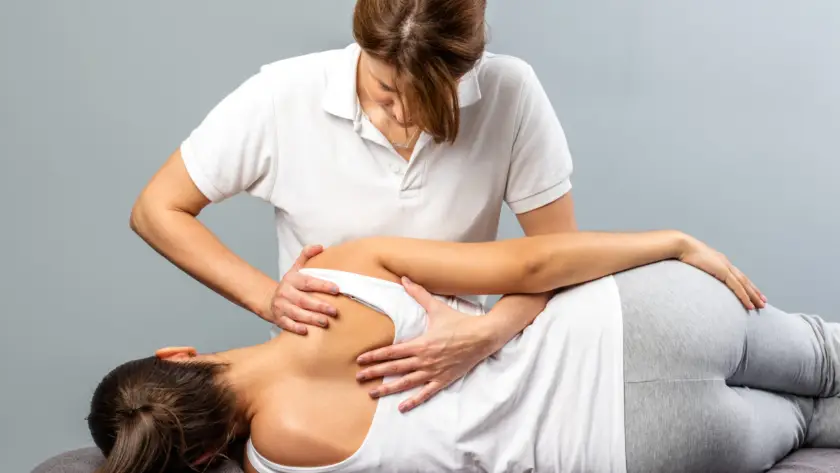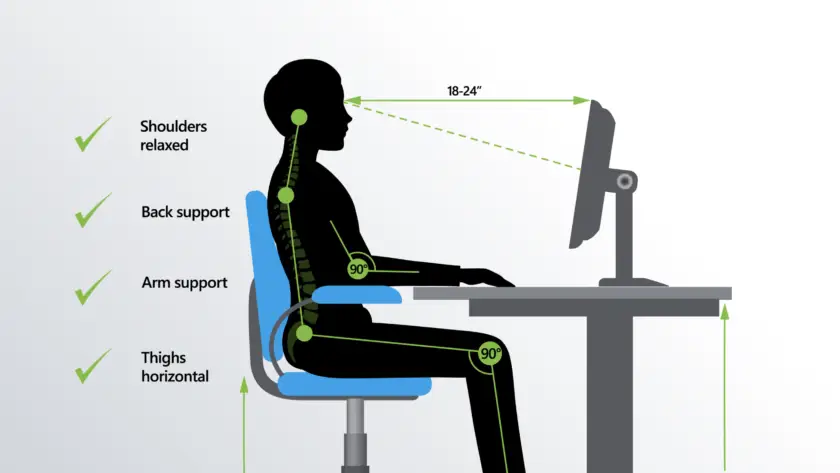
Chiropractic Articles, Physiotherapy Articles, Uncategorized
Traumatic Brain Injury and Concussion Rehabilitation – Expert Insights Each year, nearly 150,000 Ontarians suffer a concussion , according to the Ontario Neurotrauma Foundation. However, despite the rising frequency of concussions, only 15% of Canadians can...

Chiropractic Articles, Massage Articles, Neck Pain Articles, Physiotherapy Articles
What is Osteopathy Treatment? Osteopathy treatment is a non-invasive therapy that aims to improve the patient’s overall health instead of treating a specific illness or group of symptoms. This is because symptoms occurring in one area of your body can be linked to a...

Chiropractic Articles, Massage Articles, Neck Pain Articles, Uncategorized
Is working from home bad for your body? Contrary to popular belief working from home can be just as challenging as working at your office. You can develop bad posture if your workspace isn’t set up ergonomically to accommodate sitting for long periods of time in front...

Chiropractic Articles, Uncategorized
New Research Reveals the Back Pain/Headache Connection Back pain and headaches often go hand in hand. There have long been theories about how the two conditions are related. But the latest research reveals that the connection may be stronger than anyone thought. It...




